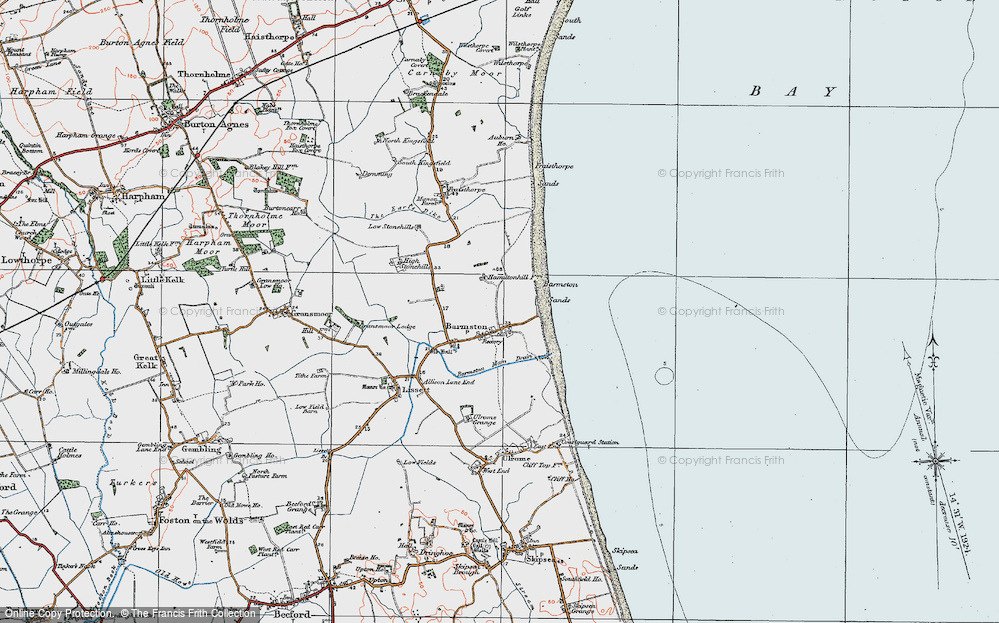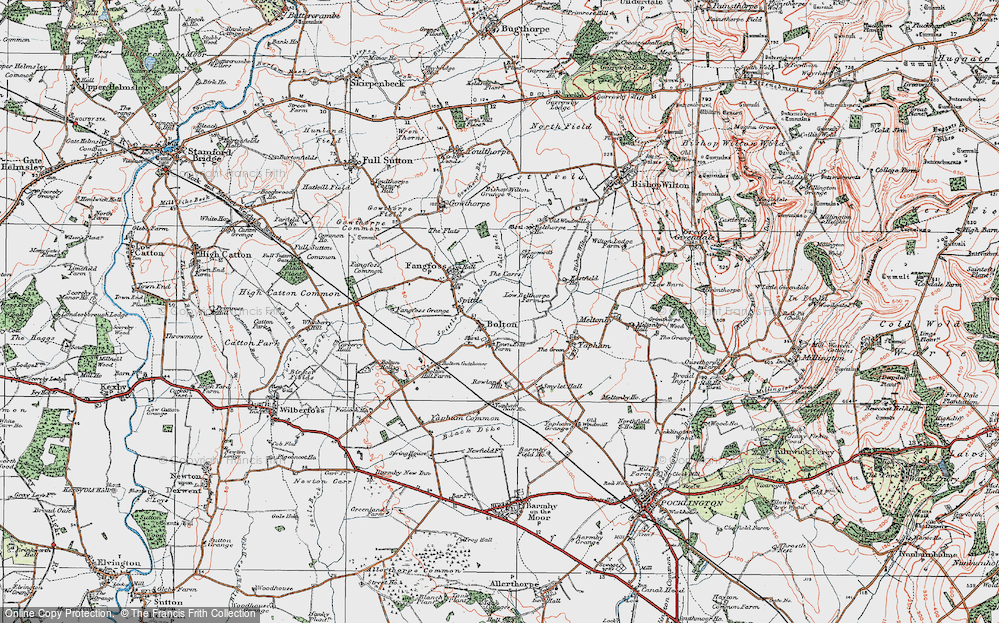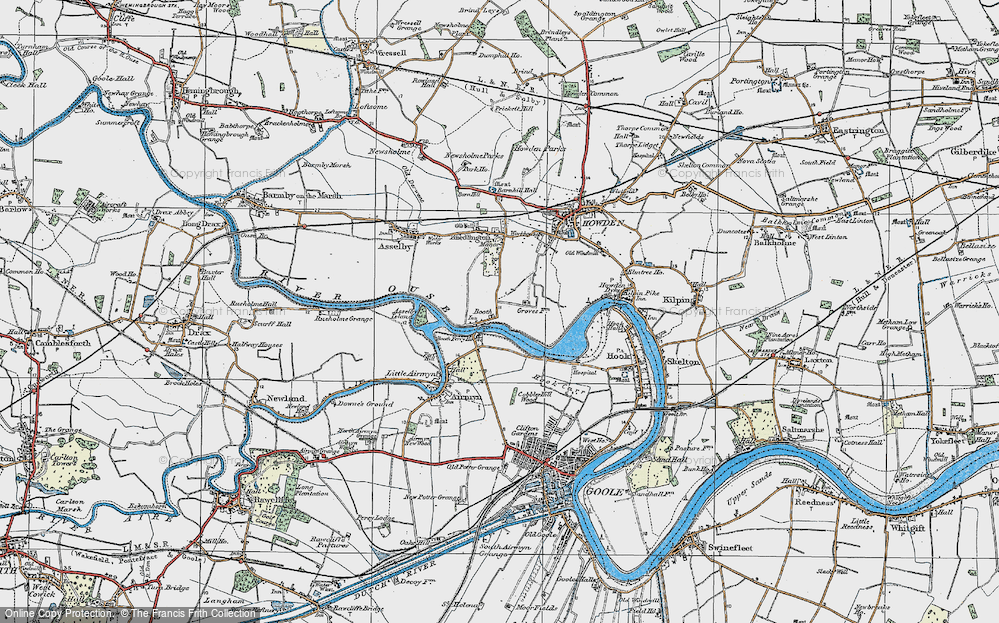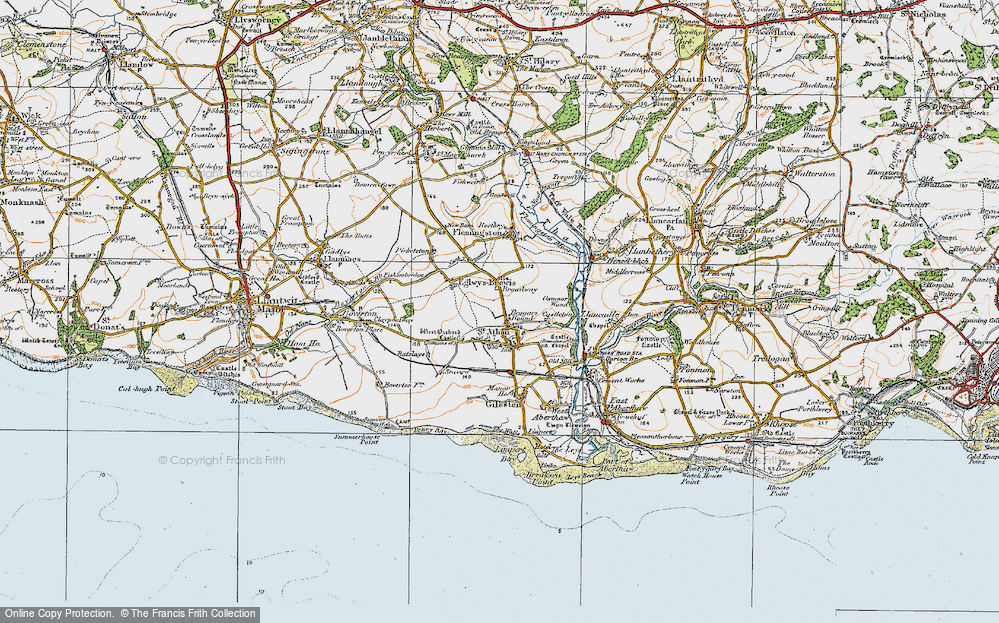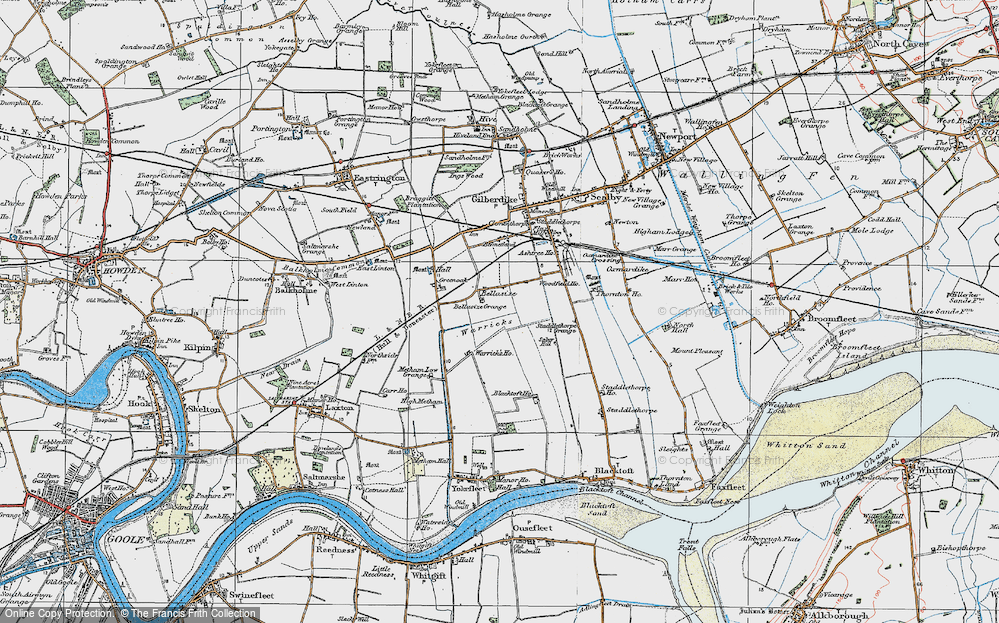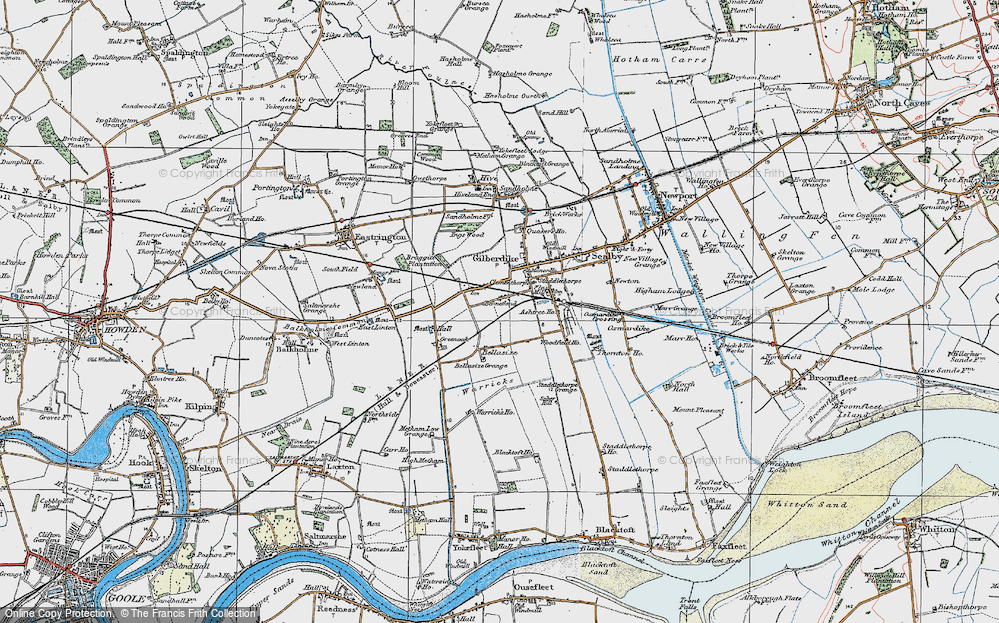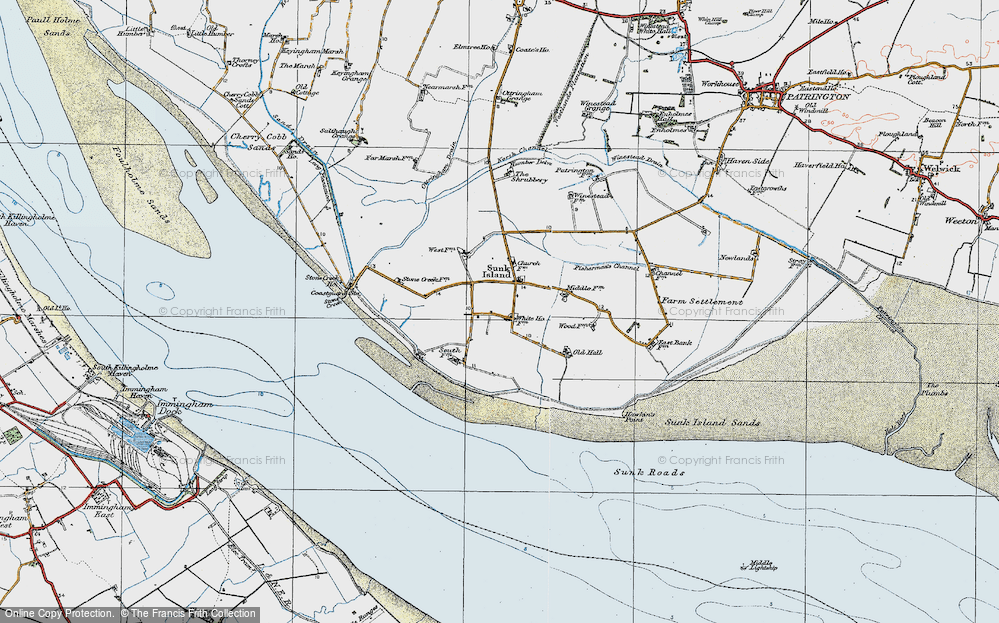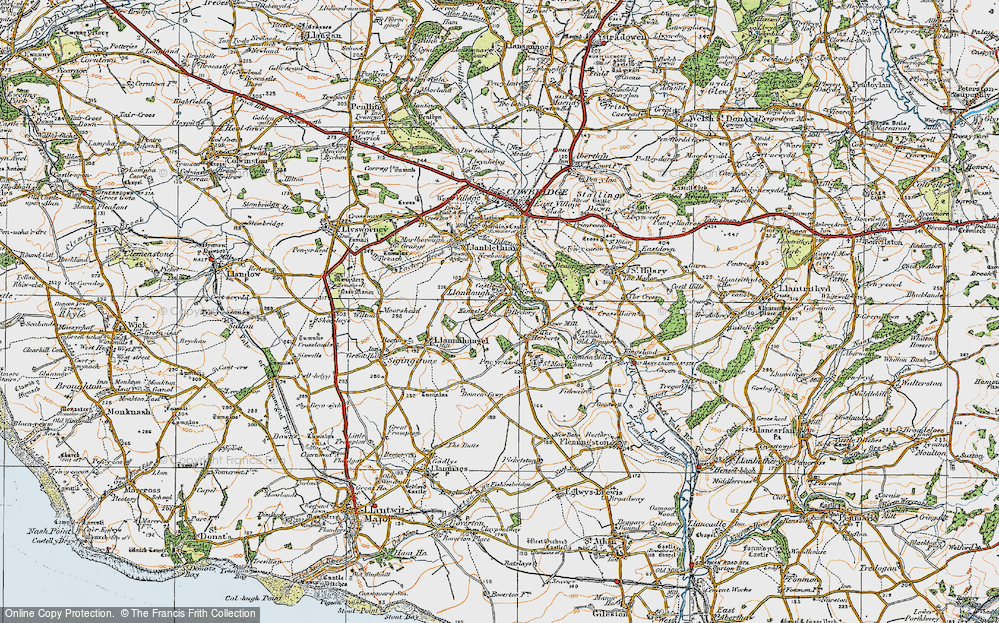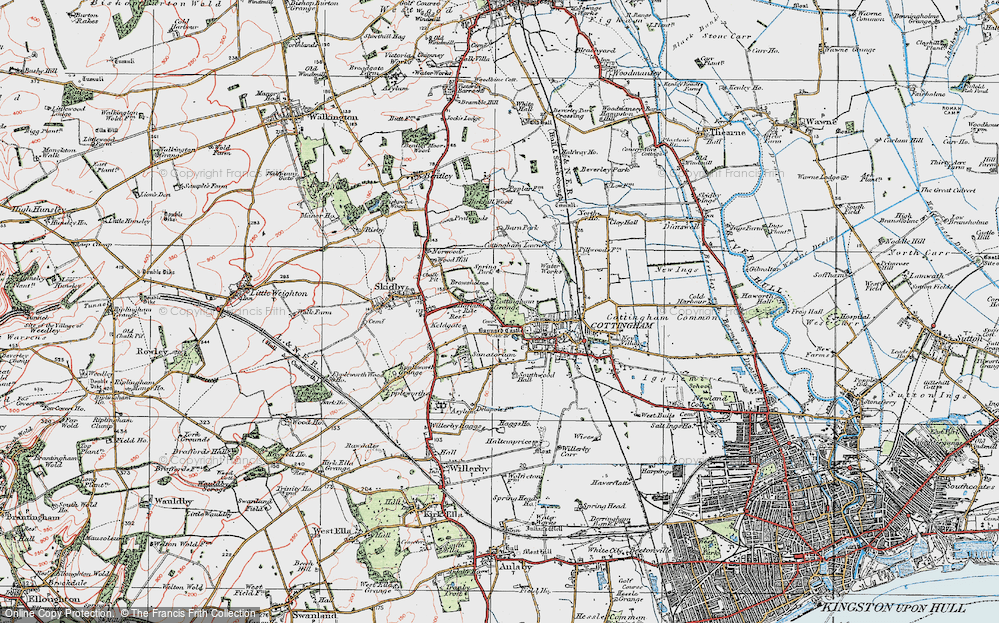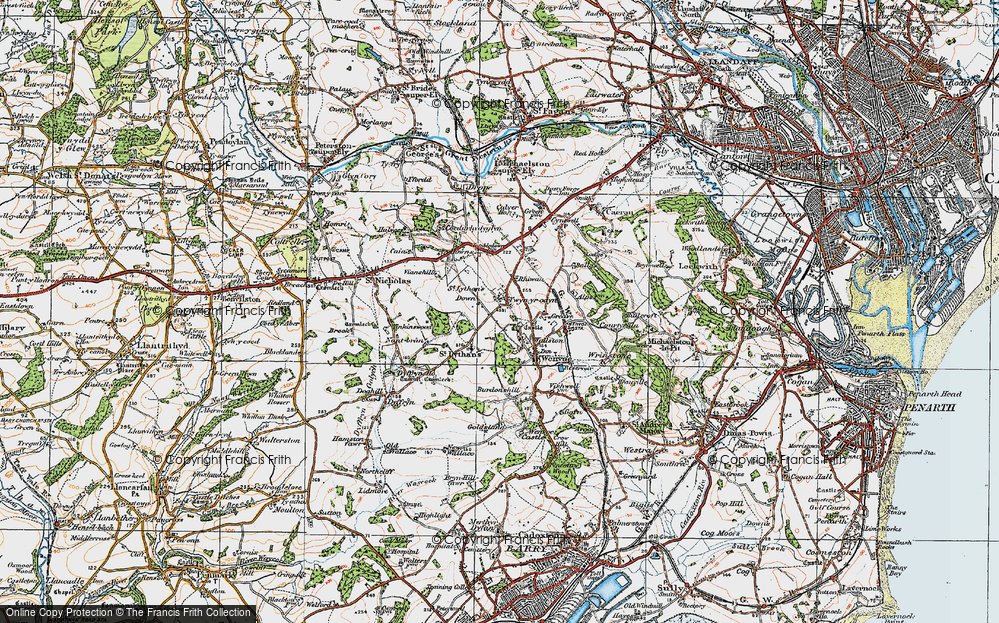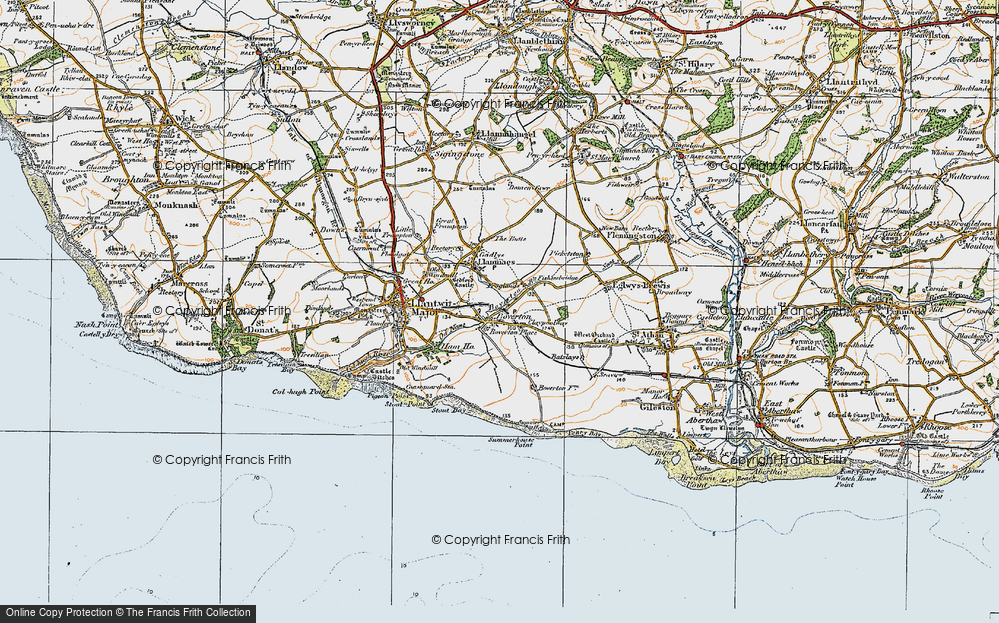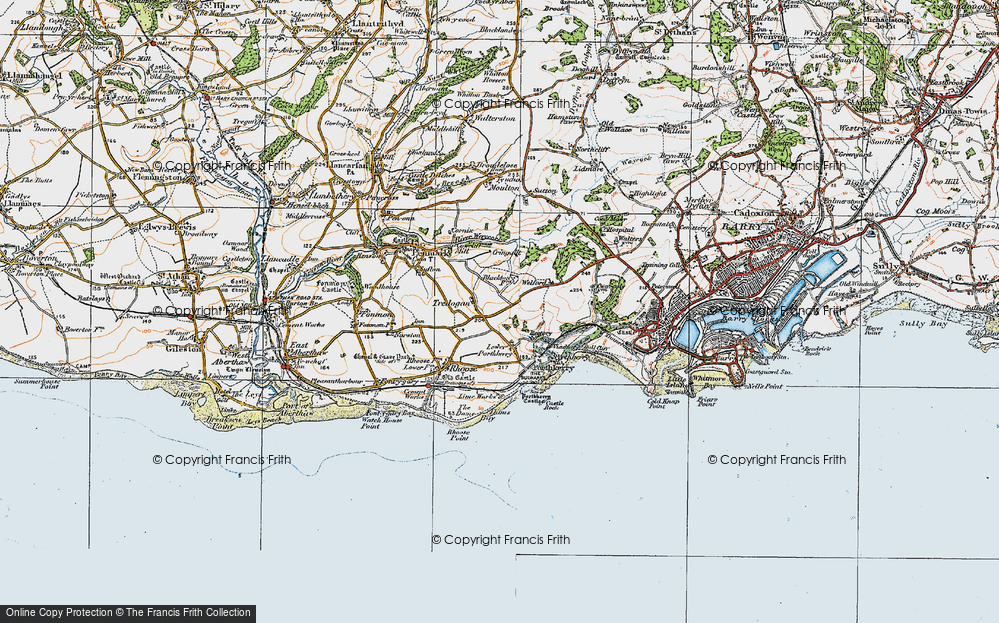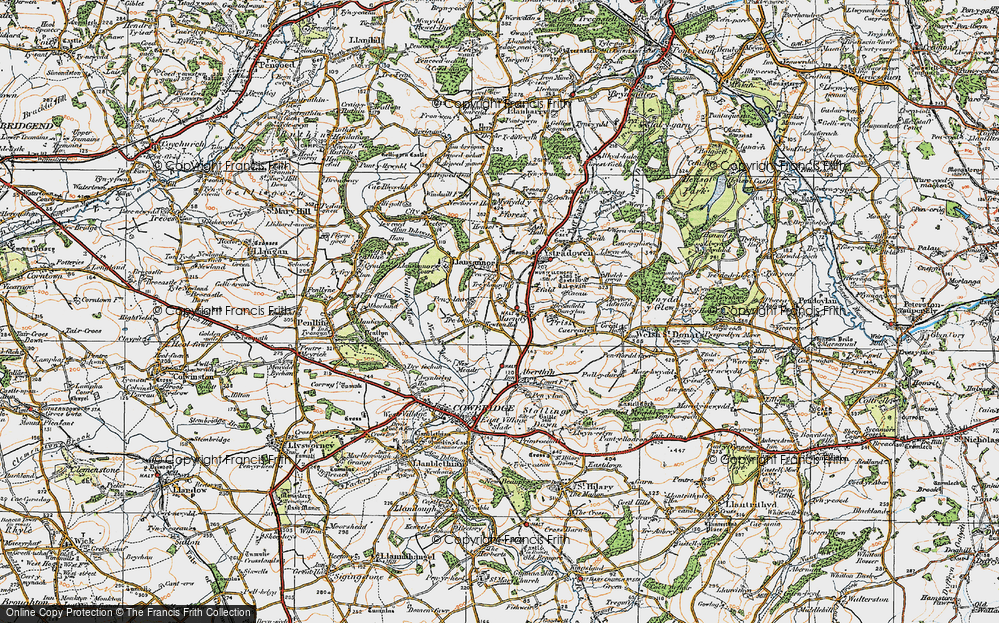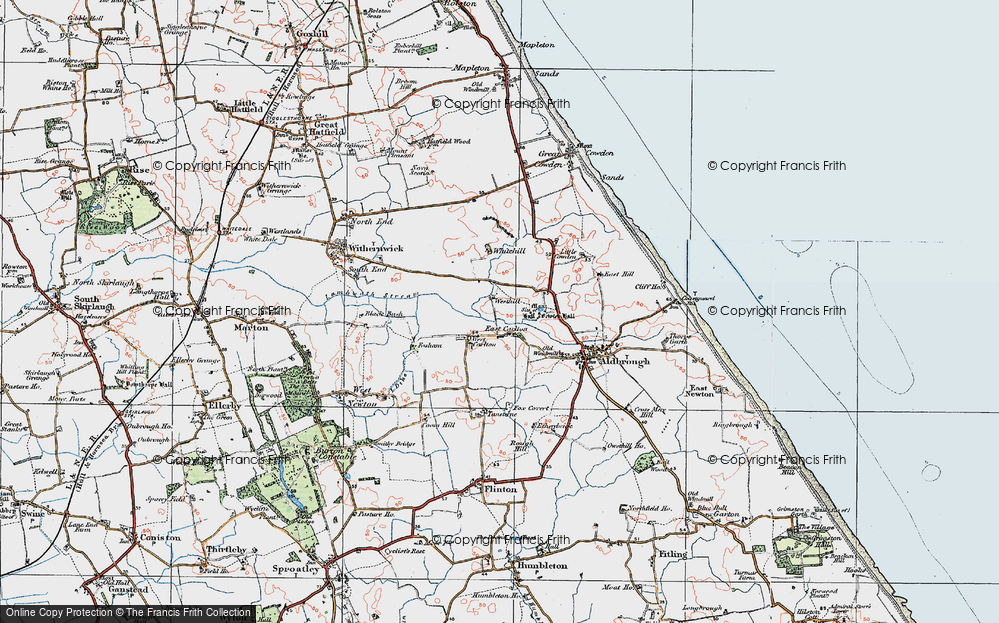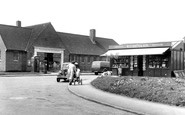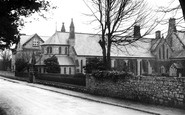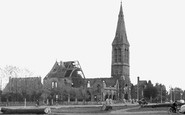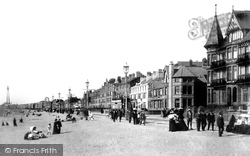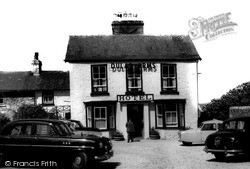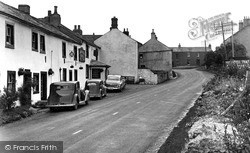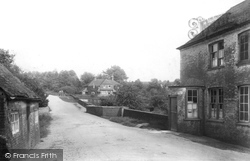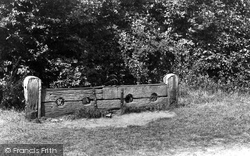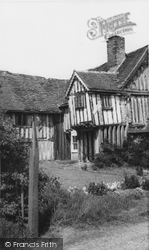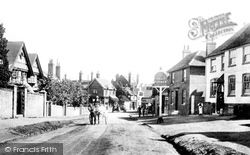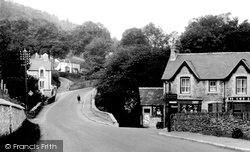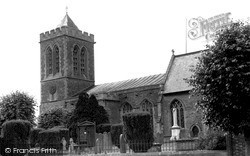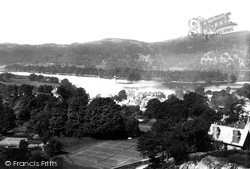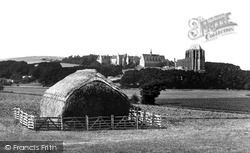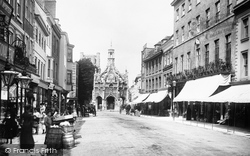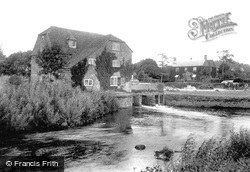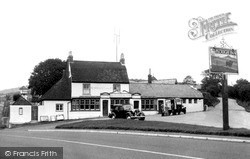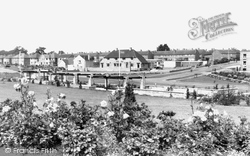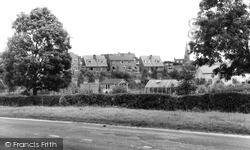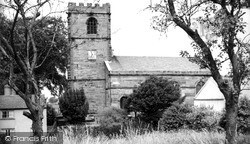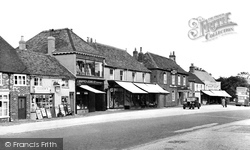Merry Christmas & Happy New Year!
Christmas Deliveries: If you placed an order on or before midday on Friday 19th December for Christmas delivery it was despatched before the Royal Mail or Parcel Force deadline and therefore should be received in time for Christmas. Orders placed after midday on Friday 19th December will be delivered in the New Year.
Please Note: Our offices and factory are now closed until Monday 5th January when we will be pleased to deal with any queries that have arisen during the holiday period.
During the holiday our Gift Cards may still be ordered for any last minute orders and will be sent automatically by email direct to your recipient - see here: Gift Cards
Places
Sorry, no places were found that related to your search.
Photos
Sorry, no photos were found that related to your search.
Maps
7,034 maps found.
Books
163 books found. Showing results 5,737 to 5,760.
Memories
22,913 memories found. Showing results 2,391 to 2,400.
2nd Airborne Company Raoc
Hi I was at Arnhem camp in 1958/59. This was where the heavy drop platforms were rigged with Landrover+trailer, before being transported to Abingdon airfield. There they would be loaded into a Beverly aircraft (with ...Read more
A memory of Watchfield in 1958 by
1965 1974
I was placed with Sister Catherine from six weeks of age then boarded out prior to my ninth birthday to a newly married couple. Although I had a good time at the convent my placement wasn't a good one. I have tried over the past 16 ...Read more
A memory of Pantasaph in 1965 by
Nice Photo!
Is the pond still there? I remember delivering newspapers to the pub, and to other houses and cottages around the heath - by bike all the way from Moor Park shops! At least it was downhill from here - about three papers to the ...Read more
A memory of Batchworth Heath in 1958
Picture Ref W132016
I was a pupil at Woodford Green Prep form 1945 to 1951. During that time I remember watching the demolition of the north wall of the the bombed building which was pulled down, and I suggest took place in '48/9? For ...Read more
A memory of Woodford Green by
Abergorlech
I moved with my parents, Ron and Edith Burnett, to Abergorlech in 1952 when I was 10 years old. My father worked for the Forestry Commission, and we lived in the Forestry House about a mile west of the village. In those days it was ...Read more
A memory of Abergorlech in 1952 by
Little Sutton Shops Chester Road
Hi ,can anyone cast their minds back to the shopping area in Little Sutton where there is a very tiny car park on the A41, the shops that are there now are Cheshire Building Society, chemist (Westminster ...Read more
A memory of Little Sutton by
1940s And 50s
I was born in 1942 and lived in Ovington Grove behind The Lonnen. My memories would fill several books, but for starters:- the Regal; Quadrini's; Number 2 blue bus; Holy Cross Church; Cowgate then Wingrove Schools; playing football ...Read more
A memory of Fenham by
Selsdon Parade Residential Flat
My family and my father's before that (surname Kent) lived in Selsdon (84 and 32 Foxearth Road, 170 Littleheath Road, and 24 Benhurst Gardens) spanning c. 1930 - 1989. But at one point (after my father's death), my ...Read more
A memory of Selsdon in 1982 by
Camberley 1945 53
To Andre Goddard. I read with interest your literary piece about Camberley. I also share many of the memories that you evoked. I lived in Obelisk Street for a year or so with my grandfather before moving to Crabtree Road. I was ...Read more
A memory of Camberley by
Flete House
The memories that Mary Impey has voiced bear a resemblance to my own. I have always had a memory from very young of being in some sort of establishment with the panelled walls Mary mentioned and rows of babies' cots and even the ...Read more
A memory of Pamflete Ho
Your search returned a large number of results. Please try to refine your search further.
Captions
9,654 captions found. Showing results 5,737 to 5,760.
In about 1512, one of the biggest warships then in existence was fitting out at Newhaven. She was 'The Great Michael; she was 240 ft long, and carried a crew of 420 and 1,000 soldiers.
Freshly boiled shrimps were sold in the cottages at South Shore—the visitors loved sea food—but supplies were dwindling by the 1920s.
It was good to get back to the small pleasures in life after the wartime years, and this small hotel seems a popular watering hole near the North Wales coast.
The motor-car opened up the Lakes to many families previously constrained by limited leisure time and travel distance. The 'day trip' was born.
This interesting picture shows the bridge over the Rother at the bottom of Adhurst Hill. The post office on the right superseded the toll house on the turnpike (1711).
Kelvedon Hatch is a popular commuter village in the Green Belt north-west of Brentwood. It is now well-known for its formerly 'secret' government nuclear bunker.
Stage-coaches used to change horses at The Plough (right). The pub is the one feature of this scene to stay relatively unchanged.
Taken at the western end of the village, this photograph shows the Jolly Farmer pub on the right. It was formerly known as the Wheatsheaf.
This photograph appears to show a quiet village where nothing much happens apart from an amble down to the post office to buy a few stamps.
This view of the square shows how it had been broken up, so to speak, and had lost the impression of openness.
It has a squat tower, about 40ft high, which was rebuilt at a cost of about £7,000. The ceiling of the nave was painted with a thousand stars.
Taken from high ground close to the Biskey Howe viewpoint, this scene includes tennis courts at the foot of the knoll.
The school and its cathedral-like chapel can be seen from miles away, serving as an established local landmark. The chapel has a vaulted roof of stone and chalk rising to a height of 90 feet.
Situated at the junction of what were originally Roman roads, and distinguished by its flying buttresses, the cross is one of the Chichester's most famous landmarks.
Over to the right is a horse- drawn mowing machine.
The village of Pyecombe lies close to a long railway tunnel which passengers on the London to Brighton line will know well.
to the east, this building is now part of the Corby Health Complex, which includes the Lakeside Surgery and an occupational therapy/health centre, both out of view to the west.
Seen from Kettering Road, this on land formerly belonging to Home Farm.
It was the house to which William of Orange (later King William III) repaired soon after landing at Brixham in 1688 to end the Stuart dynasty and start the line of Protestant monarchs who have reigned
St Andrew's Cross was part of old Plymouth, much of which was destroyed in succesive bombing raids by the German Luftwaffe during the last war.
Within its parish lies one of the few remaining survivals of genuinely ancient forest and heathland, now a Site of Special Scientific Interest.
The bugler depicted in the pub sign has been replaced, and the old familiar shutters at the windows have gone.When this photograph was taken, this was a Strong's pub.
Built by Mansell Talbot at the beginning of the 19th century in part of the Margam Abbey grounds, this splendid building subsequently went into decline until it was taken over by the Council and restored
Here we see National Trust shingle and cliffs at the end of Beach Road, with the buildings (top right) comprising the Burton Cliff Hotel.
Places (0)
Photos (0)
Memories (22913)
Books (163)
Maps (7034)


